Open-back vs. Closed-Back Headphones
Which Type Is Best For You?
Over-ear or on-ear headphone ear cups come in two main design flavors: open-back and closed-back. Each offers a distinct listening experience. In simple terms, open-back headphones have perforated or meshed ear cups, allowing air and sound to pass through, whereas closed-back models have solid, sealed ear cups. Neither style is inherently 'better' than the other; instead, they cater to different preferences and situations.
Below, we break down the key differences between open- and closed-back headphones so you can better understand what these distinctions mean in everyday use. Whether you're a casual listener, commuter, gamer, audiophile, or content creator, understanding these differences will help you choose the right type for your needs.
It's important to note that the differences we discuss are general trends. For instance, while open-back headphones tend to leak more audio than closed-backs, some closed-backs also leak a lot of audio. For the most part, open-back headphones are also over-ears, although we have reviewed some open-back on-ears. If you're shopping around for new headphones, look at our in-depth reviews to see whether a pair of headphones fits your specific needs and usages, or glance at our recommendations for the best open-back headphones and best closed-back headphones to get a sense for the market leaders in each category.
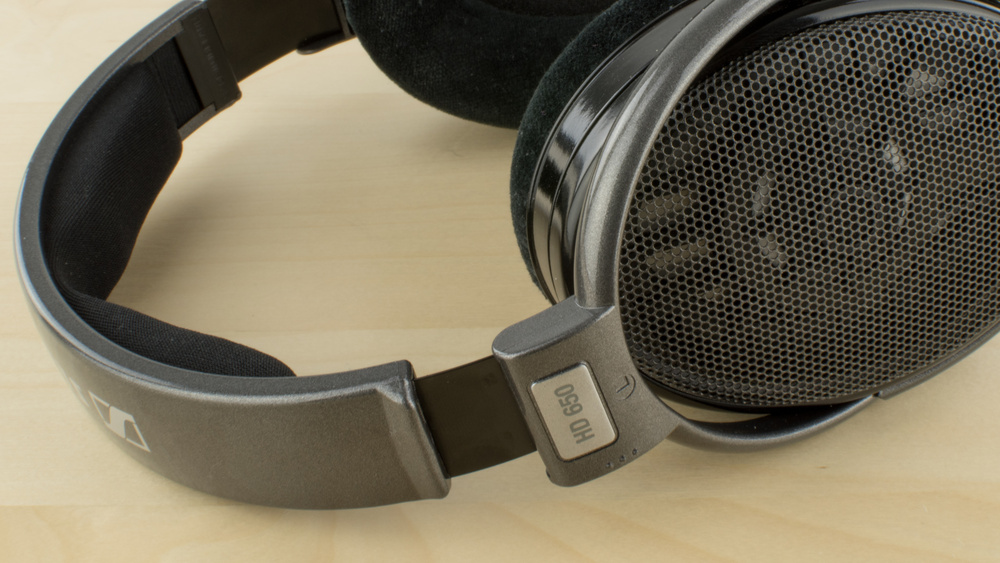 | 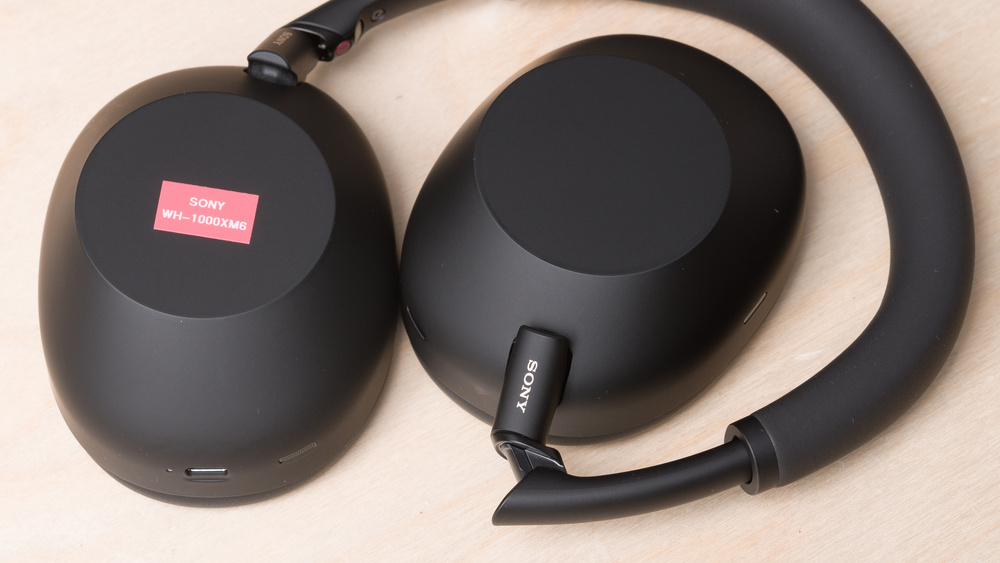 |
You might also want to check out our reviews for open-fit earbuds such as the Bose Ultra Open Earbuds. While not directly comparable to the headphones discussed in this article, open-fit earbuds serve as a kind of earbud counterpart to open-back headphones. They're not designed to create an immersive soundstage, but to let in more ambient sound, helping you stay aware of your surroundings, which can be important when doing activities like jogging.
Test results
Sound Leakage
Open-back headphones have perforated ear cups that allow air and sound to pass freely between the headphones' drivers and the outside environment. This design leads to significant sound leakage, meaning people nearby might be able to hear what you're listening to, especially at higher volumes. In a quiet library or on a bus, wearing an open-back model like the HiFiMan Sundara 2020 might inadvertently share your playlist with those around you. As a result, open-back designs are generally not practical for casual use in public. But this is by design, which you can read more about in the Soundstage section of this article.
Closed-back headphones, in contrast, use sealed ear cups that contain the sound and minimize audio leakage. This tends to make them more suitable for use in shared or quiet environments, like libraries or offices, where you don't want to disturb others or be distracted by external sounds.
Of course, these differences are just tendencies. For instance, the closed-back Logitech G535 LIGHTSPEED Wireless leak a lot of audio at high volumes. Leakage is also affected by things like ear cup and ear-pad design because ear cups that don't form a good seal with your head will leak more audio than those that do. That's one reason it's worth checking out our detailed reviews of any models you're interested in purchasing. Closed-back doesn't necessarily mean low leakage, but it's something you'll want to consider if low leakage is a priority of yours.
You can check out this article to learn more about leakage.
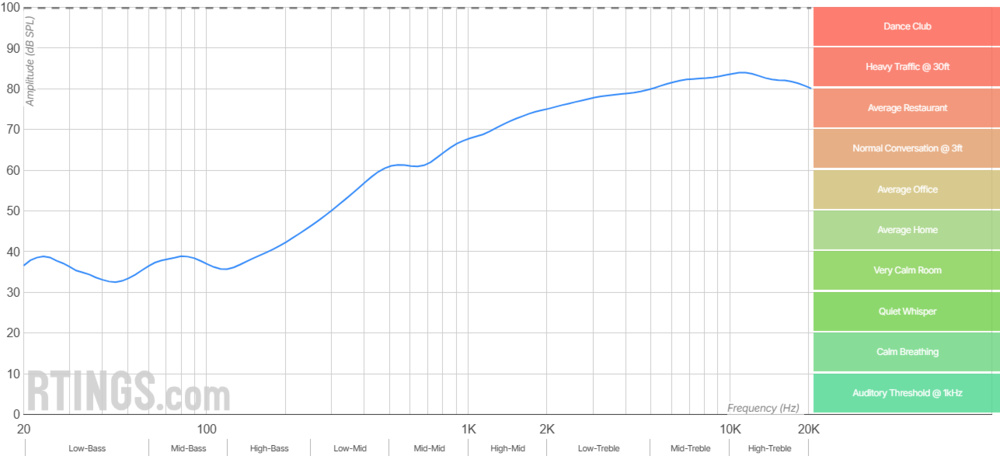 | 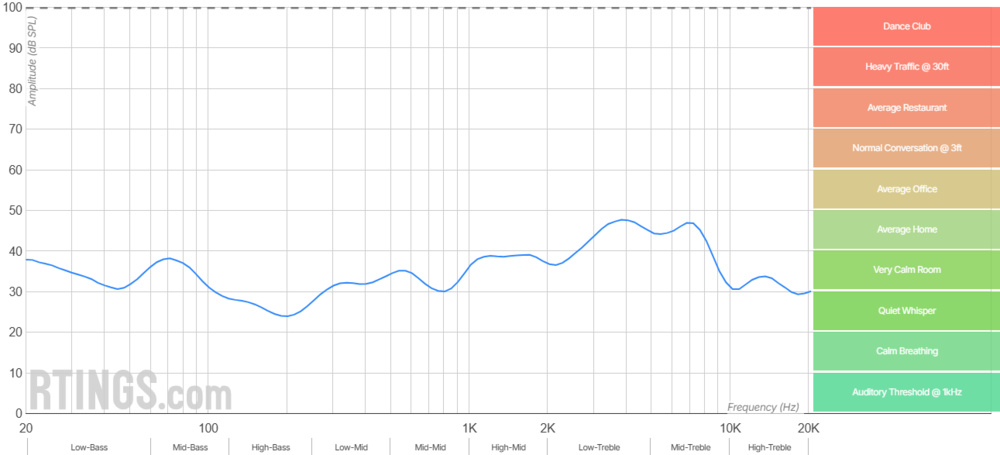 |
Noise Isolation
Noise isolation is closely related to sound leakage, because sound leakage almost always goes both ways: if your audio is leaking into your ambience, ambient sounds are leaking into your audio. Unsurprisingly, then, closed-back headphones tend to offer superior passive noise isolation due to their sealed design, which acts as a barrier, reducing the amount of ambient sound that reaches your ears. This passive isolation means you can enjoy your music or game audio with less interference from outside chatter, traffic, or engine noise. Many closed-back models also include Active Noise Cancelling (ANC) features for even greater isolation.
On the other hand, open-back headphones usually offer little noise isolation. They are intentionally designed to be porous because this can add a sense of air and space to your audio. It can also help you stay aware of your surroundings, which might be beneficial if you want to hear your roommates while listening to music, for example. However, this design also makes it easier for external sounds to seep into your audio. For example, using an open-back pair on a subway means it's likely you'll hear all that train rattle and crowd noise along with your audio. Although, of course, some closed-back models like the Sony PULSE Elite offer poor isolation. Ear-cup design never tells the whole story when it comes to headphone performance.
It's also worth noting that while some headphones, such as the Superlux HD 681 and Beyerdynamic DT 880, are billed as semi-open backs, in practice, the lack of fully sealed cups means their noise isolation and leakage performance tends to mimic that of fully open-backs.
You can check out this article to learn more about noise isolation.
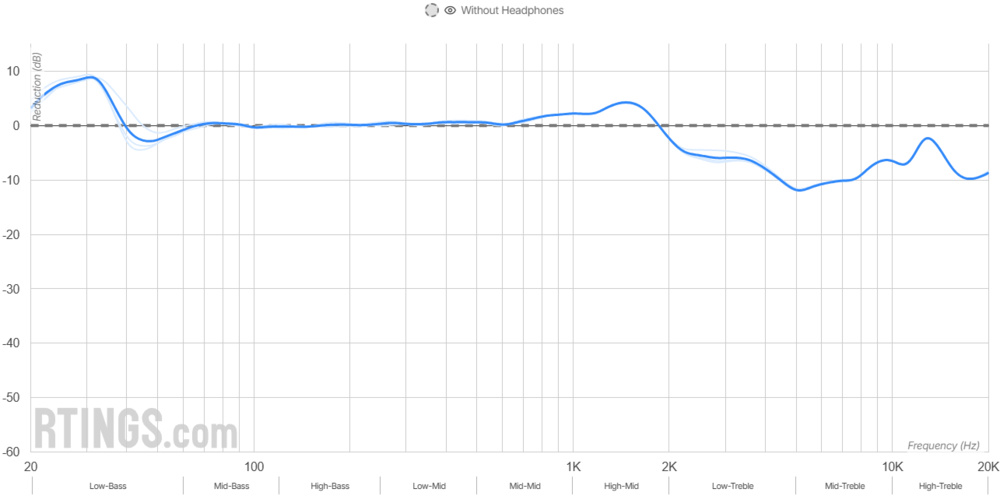 | 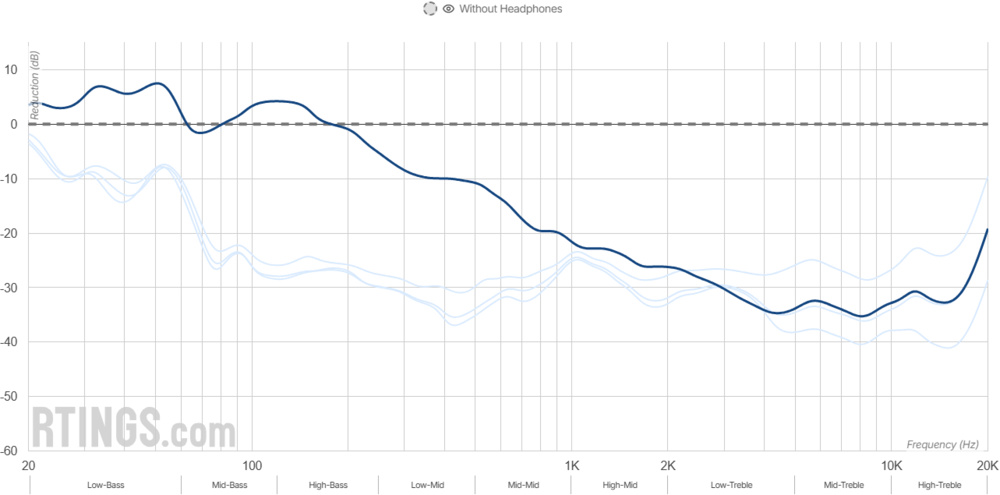 |
Soundstage
If open-backs tend to leak more audio and offer less isolation than closed-backs, why even make open-backs in the first place?
One of the biggest draws of open-back headphones is their soundstage—essentially, the perceived spatial depth and width of the audio. Open-back models such as the Sennheiser HD 800 S are known for their wide, immersive soundstages, which make it feel like the music is coming from around you, rather than just inside your head. Because the ear cups are open, sound waves can interact with the room and reflect naturally, which adds a sense of space. Many listeners describe the experience as more 'lifelike' or 'speaker-like.' In our reviews, you'll often see us compare a headphone's soundstage to 'a pair of angled reference monitors'—the gold standard for soundstage presentation. This spacious presentation is a big reason why audiophiles often favor open-back designs for genres like classical, jazz, or acoustic music, where detail and soundstage matter a lot.
Closed-back headphones, by comparison, usually have a more intimate or 'in-your-head' sound. With the sound essentially trapped and directed solely towards your ears, the audio can feel closer and more centered, without the airy reverberation that open-backs provide. This isn't necessarily bad; in fact, for some uses and genres, it can be preferable. Closed-backs like the Audeze Maxwell Wireless often deliver a strong, impactful bass response because the sealed enclosure can amplify low frequencies, as we'll discuss in the next section.
It's worth noting that we don't measure soundstage directly. Rather, we measure the PRTF (pinna-related transfer function) of the headphones. This result can give some insight into the soundstage performance of a pair of headphones, but it doesn't capture the full subjective meaning of the word soundstage.
You can check out this article to learn more about soundstage.
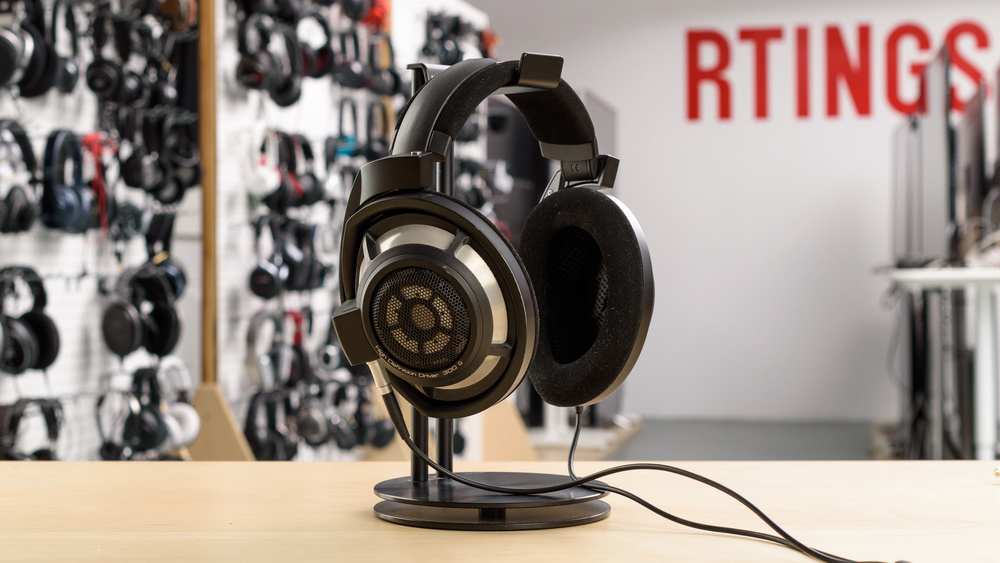 | 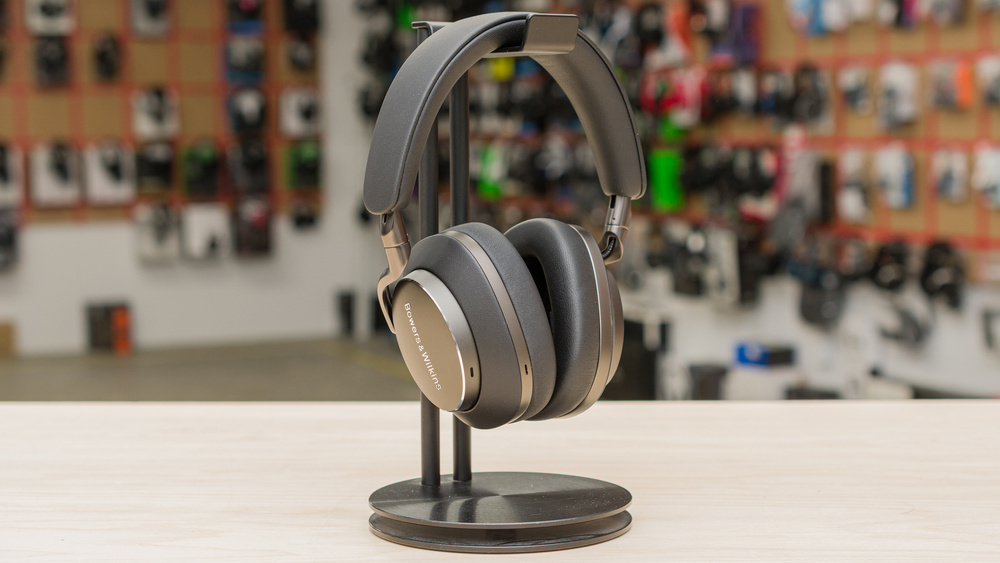 |
Bass Response
Closed-back headphones generally offer a stronger and more pronounced bass response, especially in the low-bass range. The sealed ear cups help contain and reinforce low-frequency energy, making them well-suited for bass-heavy genres like hip-hop, EDM, or cinematic content with deep low-end effects such as game soundtracks.
Open-back headphones, on the other hand, tend to have a less emphasized bass, particularly in the sub-bass region. Since their ear cups allow air (and sound) to escape, it's harder to build up the pressure needed for strong low-end impact. However, many open-back models, such as the Sennheiser HD 490 PRO, still produce accurate and well-controlled bass. As always, it's worth checking out our in-depth reviews to see how a specific pair of headphones performs. We can't predict exactly how a pair of headphones will sound or perform from their design.
You can check out this article to learn more about bass frequency response.
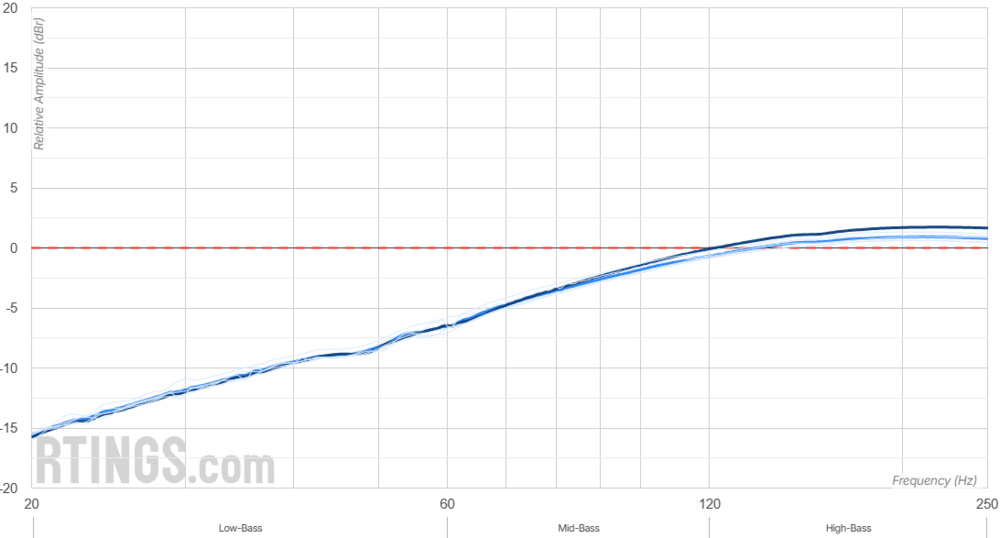 | 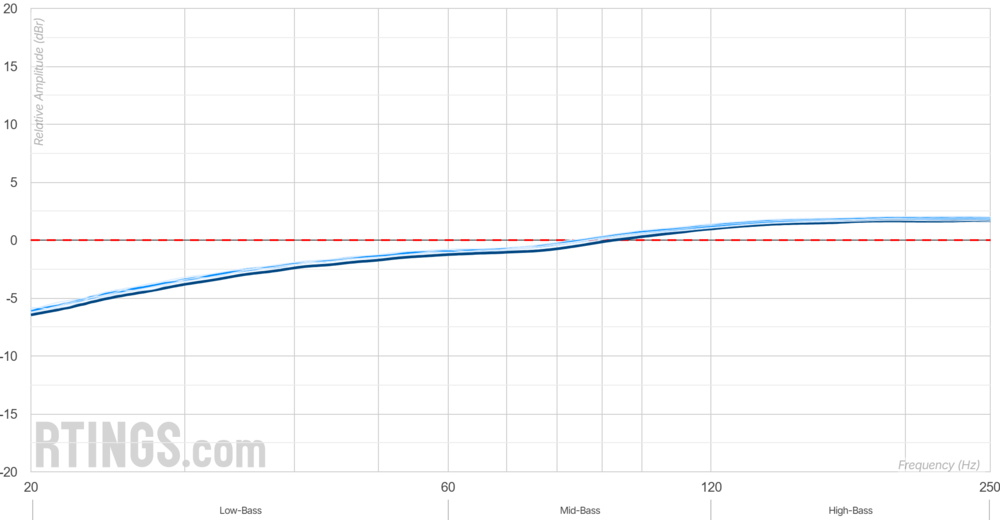 | 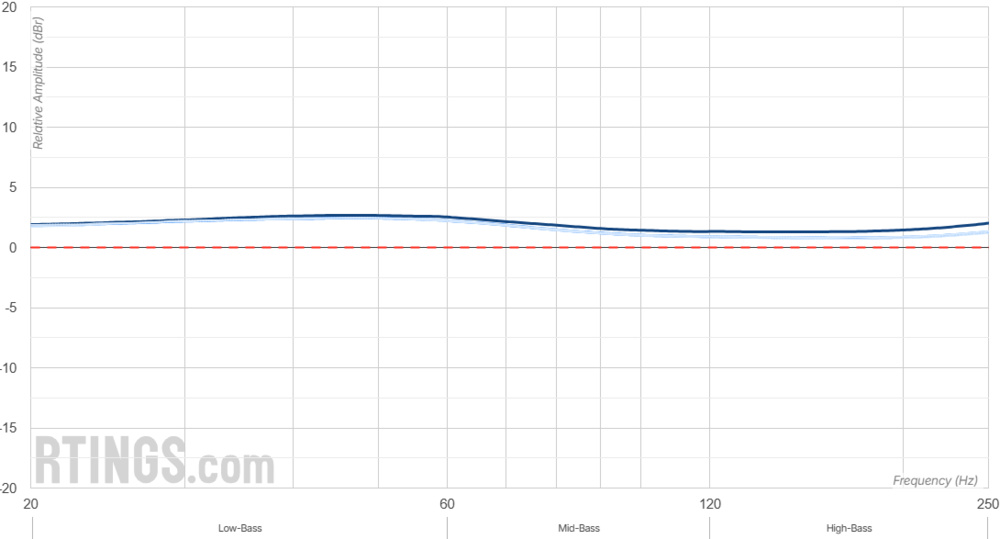 |
Comfort
Comfort is highly subjective. It's influenced by your individual anatomy as well as your own preferences. Some people prefer a looser fit, others a snug, more secure fit. Nonetheless, we can observe some general differences between open- and closed-back headphones when it comes to comfort.
Open-back headphones tend to feel more comfortable for extended listening sessions due to better airflow and reduced heat buildup. Because of their ventilated design, air flows through the ear cups, which helps keep your ears cool and dry over long listening sessions. There's less pressure buildup since the sound isn't boxed in against your ear, and many open models use plush fabric or velour earpads that breathe better than the leatherette pads often found on closed sets. The result is reduced ear fatigue: you can wear open-backs longer without that hot, stuffy feeling or the sense that your eardrums are under pressure.
Closed-back headphones, on the other hand, can cause more ear fatigue over time. The sealed ear cups mean there's little to no airflow, so your ears can get warm and sweaty after a while. The padding and clamping force that help achieve noise isolation can also put more pressure on your ears and the sides of your head. Over prolonged listening, this can lead to fatigue, so you might feel the need to take a break and give your ears a rest. This isn't to say closed-back models can't be comfortable (many are nicely padded and ergonomic), but physics is physics: a closed design 'locks' your ears in, which is inherently less breathable.
You can check out this article to learn more about comfort.
 | 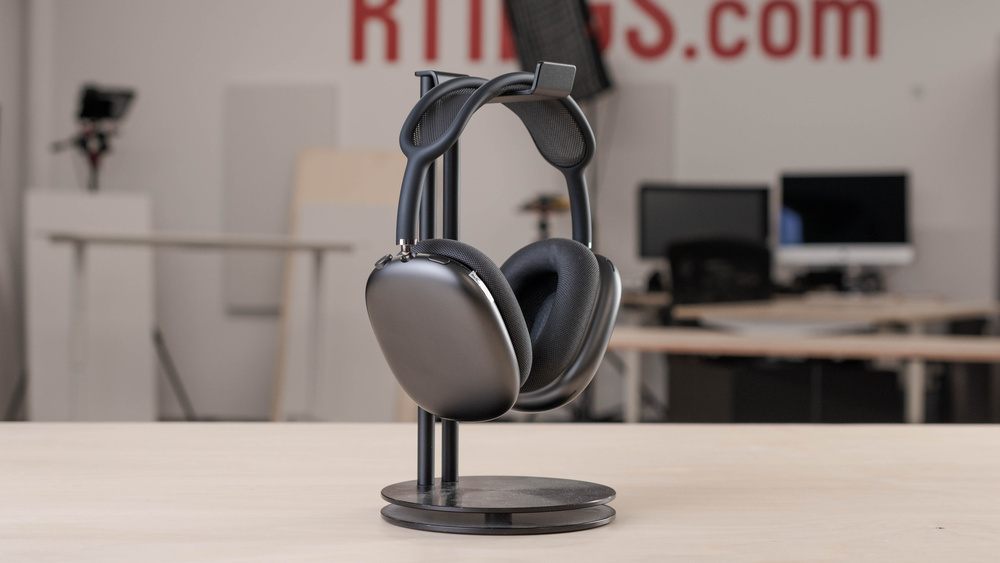 |
Build Quality and Portability
As you might imagine by now, open- and closed-back headphones are often made with different usages in mind, and that can also impact their build quality and portability. Since open-back headphones tend to leak audio, they're usually meant for indoor use, so their designs can be a little more delicate. The open grilles and vents on the ear cups mean the drivers are exposed to the environment—dust, moisture, and accidental impacts are bigger concerns. To keep weight down and comfort high, open-backs often use lighter materials and less reinforcement, which can make them more fragile and poorly suited for rough handling or travel. Many open-back models have a non-foldable design with large ear cups, and usually come with long audio cables rather than compact foldable frames or Bluetooth functionality. As a rule of thumb, if a pair of headphones is open-back, it's probably not meant to be your daily throw-it-in-the-bag commuter pair.
Closed-back headphones tend to be built with portability and versatility in mind. Because they're meant to be used in all sorts of places (from the office to airplanes), manufacturers often make them sturdier and more travel-friendly. It's common to find closed models that fold up, come with a carrying case, or have swiveling ear cups to lay flat. The closed ear cup provides a bit of inherent protection for the drivers (since it's a solid shell), and designs often incorporate metal or durable plastic in the headband to withstand commuting wear and tear. Additionally, closed headphones are more adaptable to various scenarios: you can use the same pair at home, on the subway, or at work without much issue. You'll notice that closed-back headphones often have a lower impedance, too, making them easier to drive without a dedicated headphone amp.
Still, some closed-back headphones are built with audiophiles in mind, like the FIIO FT1, and some open-backs are remarkably well-built and have designs that have stood the test of time, like the audiophile staple, the Sennheiser HD 650. As always, you'll want to check out our full reviews to get the lowdown on build quality and portability. And if build quality is especially important to you, we recommend browsing forums such as Reddit to look for any reports of defects or poor quality workmanship.
Learn more about build quality and portability.
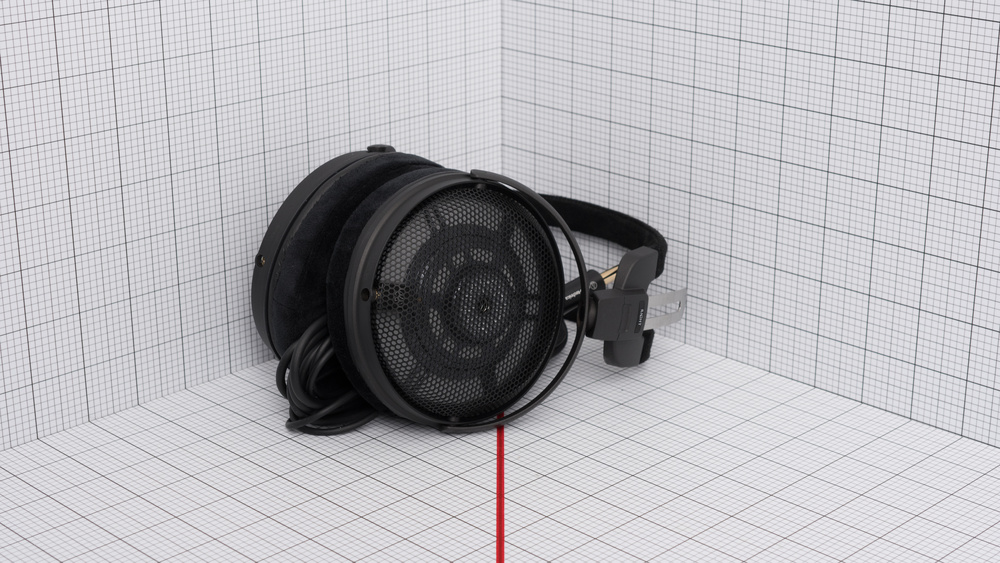 | 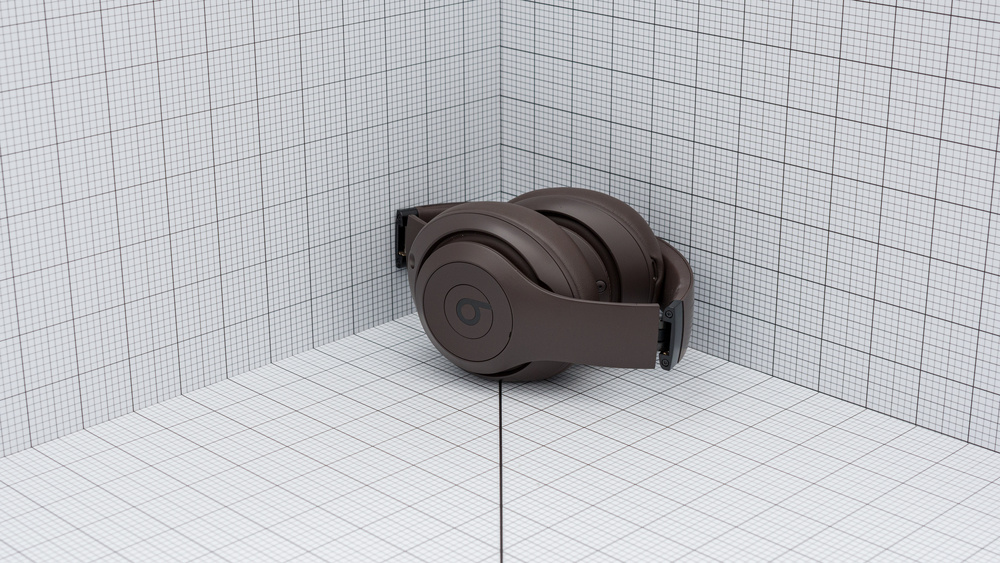 |
General Use Case Guidelines
Commuting and Travel
If you're riding the bus, train, or flying, closed-back headphones are the obvious choice. They offer isolation from engine rumbles and crowd noise, and they won't leak sound that disturbs fellow passengers. Most purpose-built travel headphones like the Bose QuietComfort Headphones Wireless are closed-back for exactly these reasons. Open-back headphones, by contrast, are not suited for commuting, since they let all the ambient noise in and will broadcast your audio to everyone around you.
Gaming
Both designs can work for gaming. An open-back headset, such as the Turtle Beach Atlas Air, can offer a wider sound field, which can improve positional audio cues in games (helping you pinpoint where a sound is coming from in a vast game environment). On the other hand, competitive gamers often prefer closed-back headsets like SteelSeries Arctis Nova Pro Wireless for their improved noise isolation, which blocks out distractions, making it easier to focus on critical in-game sounds like footsteps.
Studio Work & Content Creation
Both open and closed headphones are used in professional audio, but for different tasks. Open-back headphones are highly valued for mixing and critical listening because their wide soundstage helps engineers accurately place instruments in the stereo field. Their comfortable, breathable designs also make it easier to work for long periods without ear fatigue. However, open-backs are not ideal for recording sessions—if you're a musician or streamer using a microphone, an open-back pair of headphones will leak sound that can be picked up by the mic. That's why closed-back headphones like the Sony MDR-7506 are the go-to for recording, tracking, and broadcasting.
Casual Home Listening
In the comfort of your home, it really comes down to your environment and preference. Open-back headphones like the Beyerdynamic DT 1990 PRO MKII are great for home listening if you have a quiet space. They typically offer better comfort and a more breathable feel, and you'll benefit from their more open, speaker-like soundstage. Just be mindful: anyone in the same room will hear some of what you're listening to, so if you live with others, there is a chance your sound could bother someone trying to sleep or watch TV. Closed-back headphones like the AKG K361 will keep things quiet on both ends. They're a considerate choice if you need to be in the same room with others without disturbing them, but they'll also help block out noise from neighbors or kids in the next room.
Conclusion
Open-back headphones tend to offer a breathable, natural sound experience with a wide soundstage, making them well-suited for critical listening and enjoyment in quiet spaces. On the other hand, closed-back models tend to provide more isolation, privacy, and bass impact, making them ideal for noisy environments, travel, and situations where you don't want sound leaking in or out.
Understanding these key differences will help you match the right headphone style to your usage. There's no one-size-fits-all answer, and every model has unique strengths and weaknesses. Therefore, it's always worth checking out our detailed reviews before making a purchase so you can get a sense of what a particular pair will do for you. Happy listening, whichever style you choose!
Recent Updates
- 02-06-2025: We rewrote this article to align it with our latest test benches and to provide more useful advice for our readers.